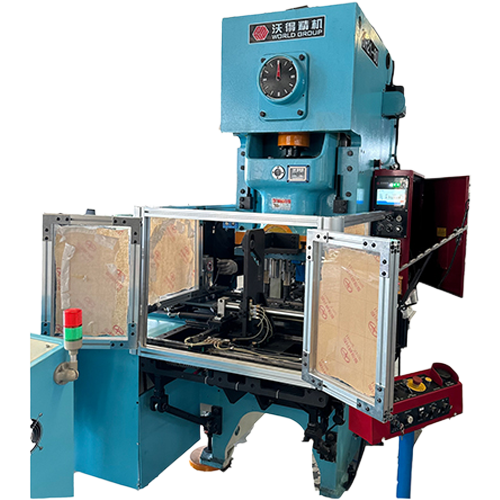What types of semi-automatic sealing machines are there?

Semi-automatic can sealing machine
It is usually divided into handle-type can sealing machine, pneumatic can sealing machine, electric can sealing machine and other types. Generally applicable to small business production, single piece production, small batch production factory.
1. Handle can sealer:
Lever type capping machine Currently widely used semi-automatic can capping machine. Due to its stable mechanical properties and easy debugging, it is widely used by factories, small and large, small workshops, stalls and shops, etc.
The sealing principle of this machine type is simple, and it adopts a double-blade folding sealing method: one blade is a folding blade, and the second blade is a curved fixed blade. Usually used for sealing operations of non-vacuum and gas-filled cans.
The operating principle is as follows:
1) Place the can with lid on the bottom bracket
2) Press the pedal to press the can body against the mold
3) Turn the handle to quickly roll up the can lid with one tool and the second tool
4) Lower the pedal to output the finished product
2. Pneumatic capping machine:
This model is slightly more automated than manual capping machines, using two cylinders to replace the manual operating arm and foot pedal respectively.
Here's how it works:
1) Place the can with lid on the base bracket.
2) Press the foot switch and the base cylinder presses the tank to the mold.
3) The swing arm cylinder drives the swing arm to swing, so that one tool and the second tool quickly roll the tank cover to form a seal.
4) Finished product output.
3. Electric can sealer:
The main difference between electric can sealer and lever type and pneumatic type is: one tool and the second tool are installed on both sides of the mold.
1) Place the can with lid on the base support frame.
2) Press the foot switch or tank induction switch, and the bottom bracket is driven by the motor cam to press the tank tightly.
3) Under the action of the side swing arm cam, one tool takes the lead in pressing the can lid crimp. As the cam rotates half a turn, the second tool swing arm begins to apply pressure.
4) Finished product output.
Recommended Products


 EN
EN
 中文简体
中文简体 English
English













